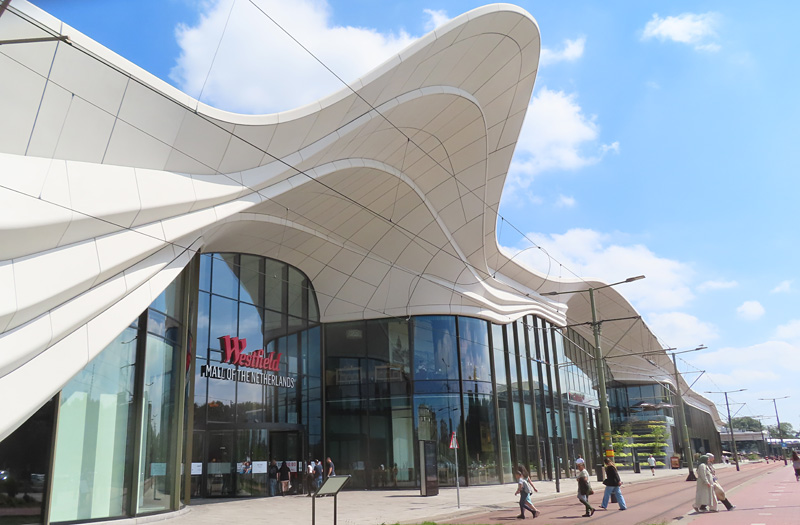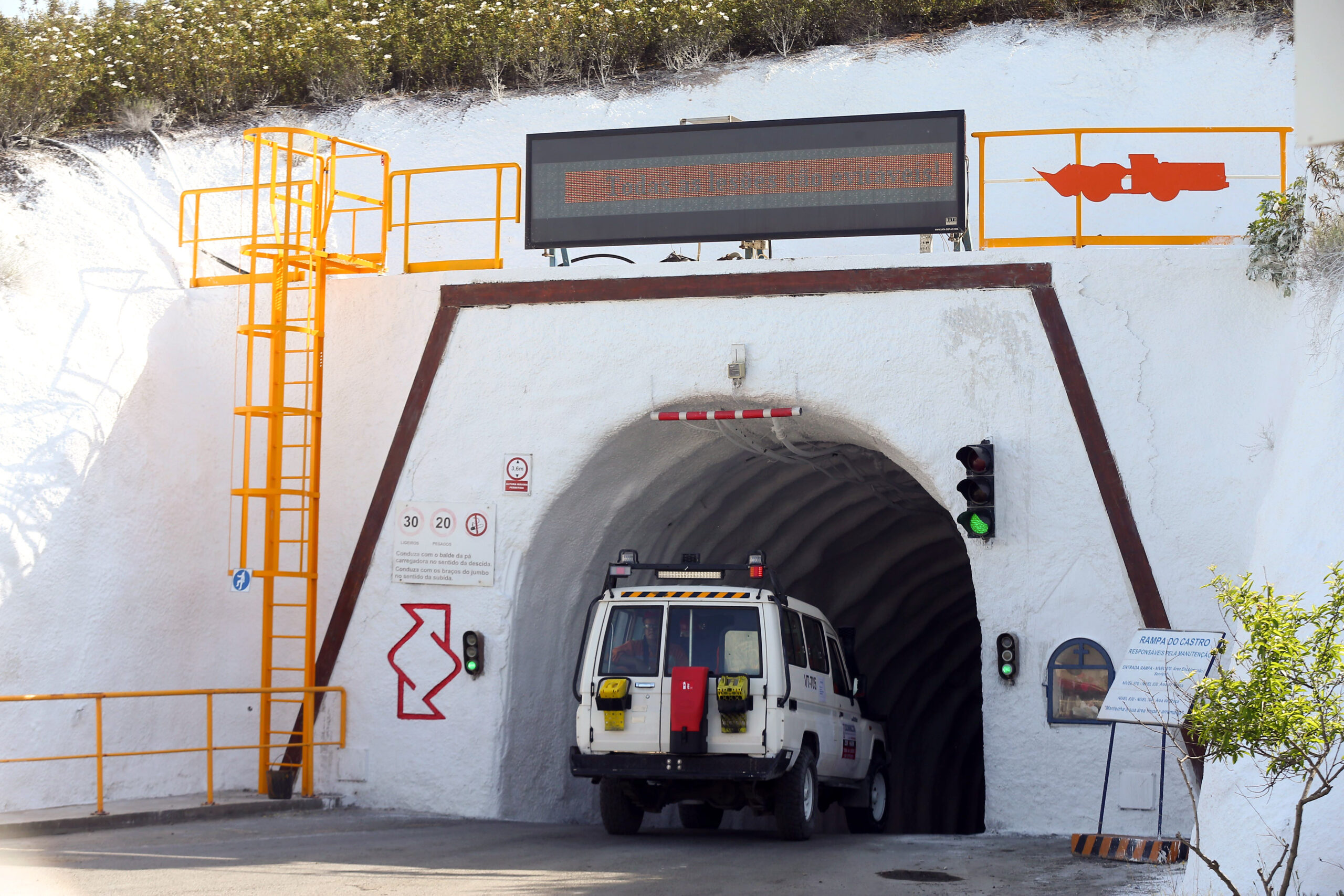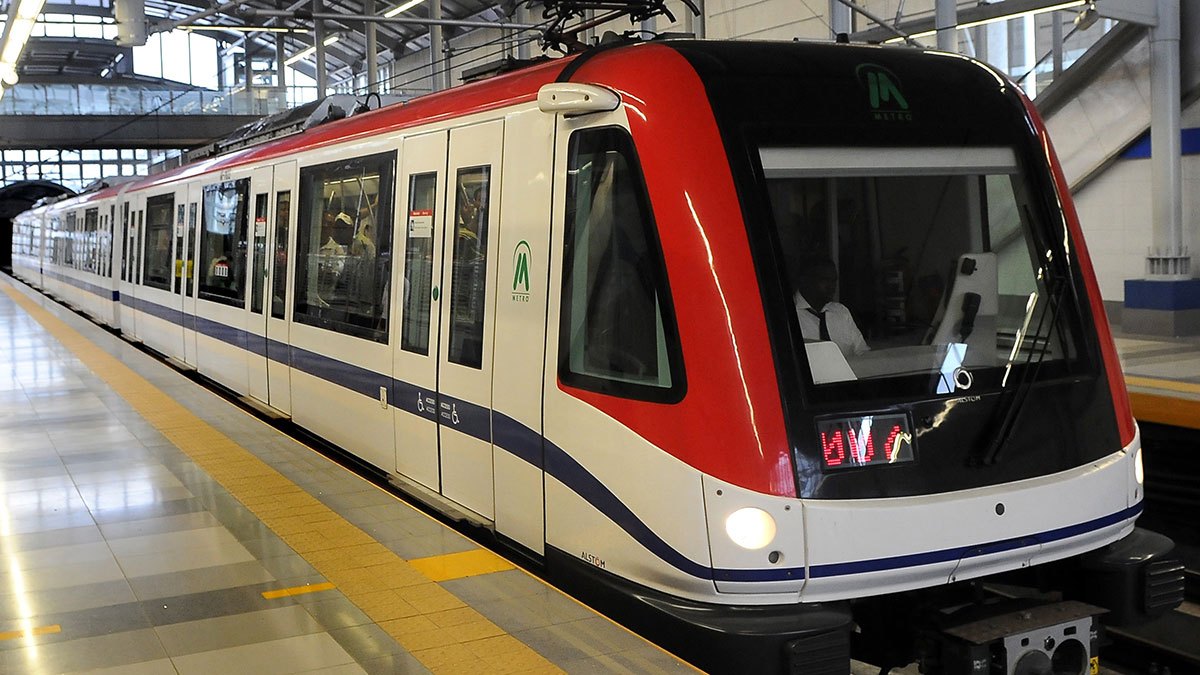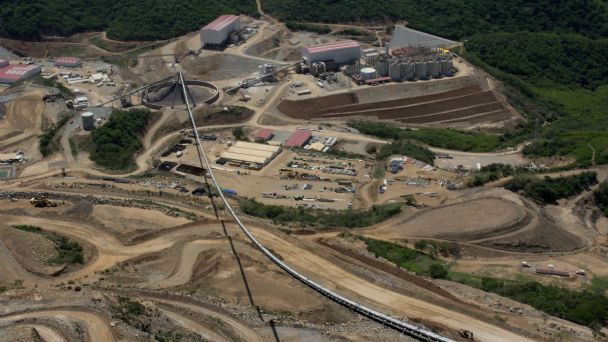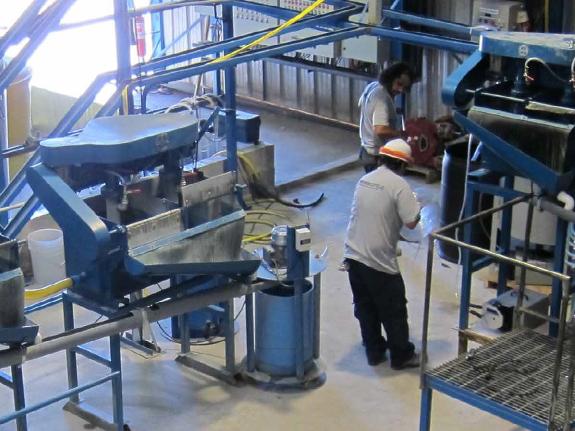
The new Aminpro-Chile metallurgical laboratory, part of Amelunxen Mineral Processing, has quadrupled in size in the 22 months it’s been operating. CEO Roger Amelunxen talks to Gay Sutton about the challenges of the earthquake of 2010, and managing rapid growth.
In recent years, the design of mineral processing plants for the mining sector has moved from being an approximation based on experience and rule of thumb to being a science, based on in-depth analysis of plant processes through mathematical modeling and understanding of the latest R&D. “In our field, a lot of things have changed in the last 15 years,” explained Roger Amelunxen, owner of Canadian-based Amelunxen Mineral Processing (Aminpro-Canada). “Our approach at Aminpro is to model everything, and that often means our greatest challenge is convincing engineers who have not kept up with the latest technologies that designs can be done based on phenomena which can been modeled mathematically. Much is now based on rules of thumb and the use of empirical scale-up factors. Our process designs are based on economic optimization performed using simulators and models that can scale-up directly from laboratory test work.”
As process design consultants, Roger Amelunxen and his son Peter work with companies large and small, and have a client list that reads like a who’s who of global mining corporations and engineering companies such as Newmont Gold, Gold Fields, Freeport McMoRan, Codelco, Anglo-American, BHP Billiton, Amec, Fluor and Hatch. Today, Aminpro-Chile employs 10 metallurgical engineers working on process design for mines around the world. The Canadian office is managed under the leadership of Roger Amelunxen while Aminpro-Chile is supervised by both Aminpro-Canada and Amelunxen Mineral Engineering Ltd, which operates out of Santiago under Peter Amelunxen.
The business is governed by a strong ethic of excellence, integrity and information sharing, and one element of this makes it unique in the business. “We have a policy that all the process models we develop are open source,” Roger Amelunxen said. “This means every design becomes the property of our client; we don’t hide anything.”
With the unprecedented boom in mining over the past few years, the workload of the consultancy business has increased enormously. “With that boom, we then began experiencing tremendous delays from the metallurgical labs,” Amelunxen continued. “We warned them that someone would come in and set up a lab in competition, but they took very little notice as we were a small company and they were used to dealing with the big mining corporations. They were forgetting that those same corporations came to Peter and myself for help.”
Faced with unacceptable delays, Aminpro decided that it would be the company to set up in competition, choosing Chile, one of the biggest areas of mining growth, for its location. The decision, however, proved to be just the beginning of a rollercoaster ride that has taken them through the great Chilean earthquake of 2010, an overwhelming increase in work load from destinations around the world, and a fourfold expansion of the lab’s capacity with further expansion on the horizon.
The Amelunxens made the decision to build the laboratory in August 2009 based on investment from family members. As Roger and Peter were very busy in the consulting business, Marcelo Amelunxen was drafted in to oversee the construction of the laboratory and develop the business. “Then we were hit by the Chile earthquake in February 2010. It was enormous and measured 8.8 on the moment magnitude scale,” Amelunxen recounted. “Our equipment, which should have been delivered that month, was destroyed in the factory and our new building required significant repairs. But we had promised people we would start up on time, and we had to do that somehow.”
It was up to Marcelo to make this happen. With his organizational and management skills, as well as problem solving abilities and powers of persuasion, he set about communicating with a whole range of organizations to source alternative equipment for the short-term. “Where there’s a good intention, I believe there’s always a way to get results,” Amelunxen said. “We now call Marcelo our bulldozer. He borrowed equipment from the universities and from our local technical college. And we worked with that until our new equipment could be delivered.”
The laboratory opened in May 2010. Originally designed to include one workstation, the volumes of business coming into the laboratory were unprecedented. Not only did the company pick up much of the test work that had previously been sent from Chile to North America, but large North American companies like Freeport began sending their samples to Aminpro-Chile for testing.
As a result, after several phases of expansion the laboratory has grown four times in size. In addition, the company is expanding the services it can offer. Funding from the Canadian mining corporation Quadra FNX, soon to be part of KGHM International, has enabled the company to build a well-equipped pilot plant alongside the test facilities. This pilot plant is the property of Quadra FNX until the time they have built their large concentrator and are able to receive it. Meanwhile Aminpro-Chile can use the pilot plant for other clients. The Amelunxens are convinced that the role of pilot plants in the design process is set to become more prominent once again, which is an interesting reversal of perspective. “Over the last decade,” he explained, “we’ve seen a move away from using pilot plants, towards modeling alone. But that trend seems to be reversing now. As average ore grades have dropped and power and water supply costs have increased, our clients are designing ever larger megaprojects to leverage economies of scale, and capital costs have increased exponentially with plant capacity. This means that a much larger emphasis is being placed on the design of the downstream sub processes, like copper/moly separation, water recovery, and tailings storage and impoundment. When there are several billion dollars in capital on the table, it is critical that we get the design of those right. Pilot plants are the only way to do this.”
To begin with, the pilot plant will be used to test the effectiveness of a ground-breaking copper/molybdenum separation process in sea water that Amelunxen had successfully tested at the lab-scale for Quadra. To do this, the plant has been fitted with all the latest technologies and has tremendous flexibility to replicate almost any process circuit - accurately controlling inputs and processes, and measuring the outcomes. Processing 200 kg of ore an hour, the plant can be reconfigured to test almost any new process.
Today, less than two years after opening the laboratory in South America, Aminpro-Chile employs a workforce of 10 metallurgical engineers in process design and 38 highly qualified laboratory technicians, 12 of whom are trained to work in the pilot plant.
The Aminpro business is built on the skills and knowledge of its staff and for Amelunxen, the quality and welfare of the workforce is of paramount importance. Chile, of course, has a vibrant mining sector with a well-developed education system capable of producing highly trained engineers. Many of the laboratory staff have been sourced locally from the technical college at Til-til. But where many companies experience difficulty in retaining their people once they have gained the relevant experience and postgraduate training, Aminpro has a great track record for staff retention.
A large part of that is down to the work ethic at the laboratory. “We run it rather like a postgraduate establishment. We have many research projects going on here, and Peter and I are always here directing the course of action and discussing the research. We also publish papers with the lab staff, and they love that type of sharing,” he explained. “The other side of this, of course, is that while we can’t compete with the very high wages that are offered as a lure by commercial mines, we’ve done a lot to reduce the hours of work, so that our staff can leave before the traffic jams in the evening. And that’s been a great attraction. We believe that one of the most important keys to operating a successful business in the current mining climate is to be able to attract and retain your employees. That’s all about quality of life, and wages are only half the story.”
The laboratory has been a significant business success in a very short period of time, and the strategy for its long-term future is to attract investment from a major technical partner. “When we launched the laboratory we gave ourselves a period of about five years to get it up and running. After that we plan to shed part of the ownership, while retaining some influence after we’ve handed over.” Amelunxen was not able to pass on any names. “But we are currently engaged in preliminary talks with several well-known companies.”
DOWNLOAD
 Aminpro-AM-Bro-s.pdf
Aminpro-AM-Bro-s.pdf



